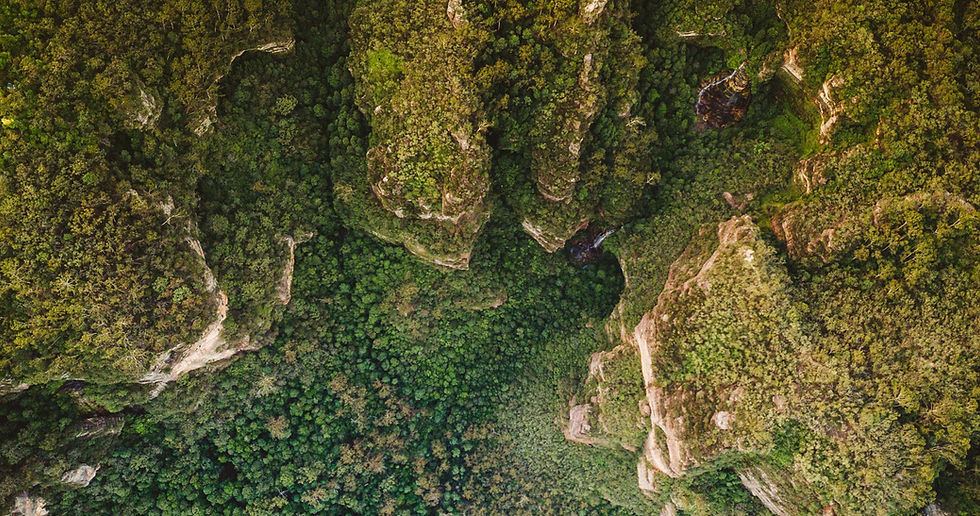Woomera: Where it all began
- Karin Ericsson
- May 14, 2018
- 4 min read
ABC News has reported that the Australian space agency is being officially launched on 1 July 2018, with Megan Clarke acting as head of the agency for the first year. Although its location has not yet been determined, we’d like to take a moment to look back at a location that has held significant meaning to the Australian space industry in the past – Woomera, South Australia.
***
In 1967 Australia became the third nation in the world, after Russia and the US, to launch a satellite into orbit from its own territory, and the seventh nation to ever launch a satellite into space. Over 50 years later, as the second to last OECD country without a national space agency, we are finally launching our own. How did Australia’s space industry manage to fall so far behind when other nations excelled in the area?

One of the most important puzzle pieces to the history of Australia’s space capability is Woomera, located in South Australia, approximately 450km north-west of Adelaide. In the 1940s the Woomera Rocket Range was initially created as a military testing range for the UK. The area was chosen due to its vast land area and small population, making it the perfect location to research, test and launch rockets, missiles and satellites.

After the Russian launch of Sputnik in 1957 and the founding of NASA in 1958, many countries sought out to be the next shining star in space activity. That’s when the European Launcher Development Organisation (ELDO) came to life. ELDO was a mix of primarily European countries with a common goal of sending up the next (which was then the fifth) generation satellite into space, and Woomera was the perfect place to launch the project.
The Woomera Rocket Range also participated in the Mercury and Gemini space programs during the early 1960s, with specialised facilities set up in the area for those programs, as well as the Ranger and early Mariner missions from the Deep Space Station (DSS-41). DSS-41, a joint venture with NASA, was one of three deep space stations set up around the world. It established Woomera as an integral part of the ‘space race’ from the 1950s to the 1970s.
The Black Knight was the first rocket launched from Woomera in 1957 as part of the Anglo-Australian Joint Project. Between 1957 and 1987, 10 rockets were launched with ELDO, 20 Aerobee rockets were launched with NASA, and 258 Skylark rockets were launched with agencies including those from the UK, the ESA and the German Aerospace Center. With so many launches taking place, Woomera became the second busiest rocket range in the world during the Cold War, just after Cape Canaveral in the US.

It was from Woomera that WRESAT, Australia’s first satellite, was launched into space in 1967. And to this day, WRESAT remains the only Australian satellite ever launched from Australia.
Unfortunately, during the late 1960s and 1970s, Woomera-based space-related initiatives began to wind down. The UK space program declined and the Anglo-Australian Project came to a close, and the ELDO project was shipped overseas to French Guiana for further testing.
The last satellite to launch from Woomera took place in October 1971, when the UK launched the Black Arrow LV. The Black Arrow LV ended up being the UK’s first and only satellite launch.
In 1975, ELDO later merged with the European Space Research Organisation to become what is now known as the European Space Agency (ESA). Shortly after, the ESA offered Australia full membership since it had been an associate member of ELDO. However, Australia declined this offer due to pressure from the USA.
Perhaps surprisingly, efforts to support a national space industry and nationals pace activities also failed. Proposals made in 1959, 1968 and 1970 by different committees and agencies were all rejected with the seemingly general response that it was “too expensive”, even though the proposals were often modest. During that time there was a governmental assumption that a space agency would have to commit to costly ventures such as human spaceflight, which was out of economic reach for Australia. Therefore it didn’t seem like the right thing to focus on.
In the years that followed, space-related industry activity in Woomera fell drastically and the area became primarily utilised for military projects such as surveillance. While many other countries continued to advance in their space capability, Australia began to dwindle on its own.
During recent years, however, as many private actors have moved into and broken new ground in the space industry, interest has been skyrocketing again. And now, Australia will have its own national space agency, with a proposed budget of $41 million that will focus on supporting the local space industry as well as collaborating with international partners.
By the looks of it, Australia might rekindle its enthusiasm and support for space -- so, here’s to hoping that the same Aussie spirit that put Woomera on the map in the 20th century can be ignited once more!
Compiled and written by: Karin Ericsson





Comments